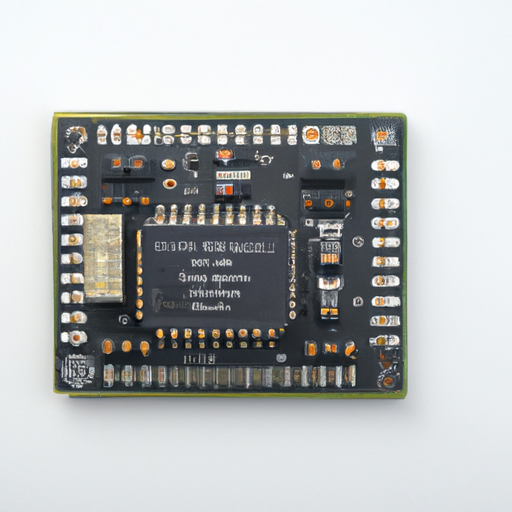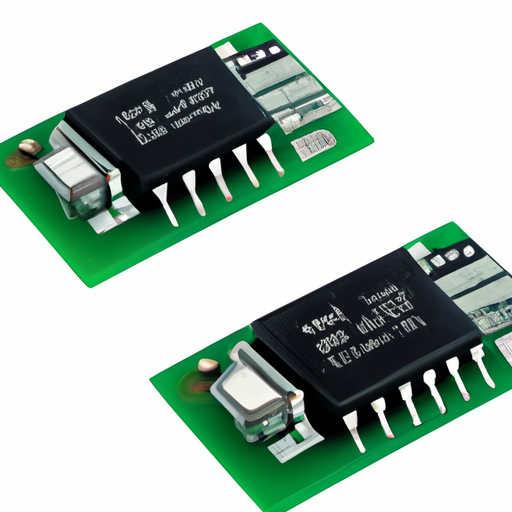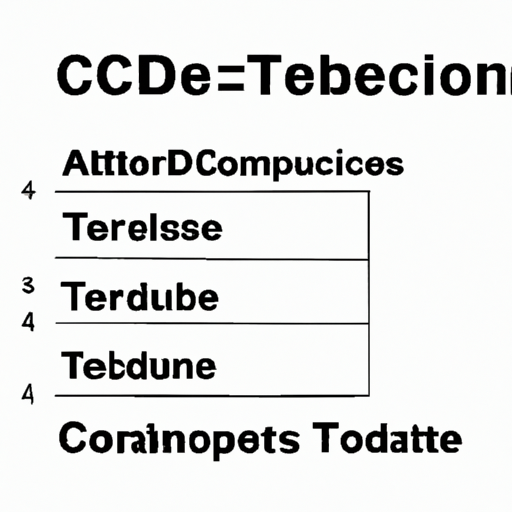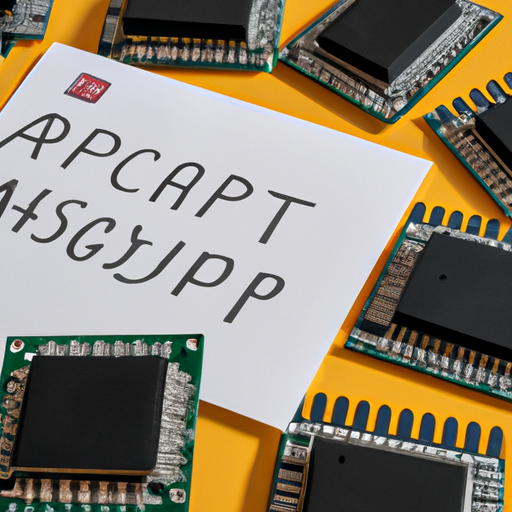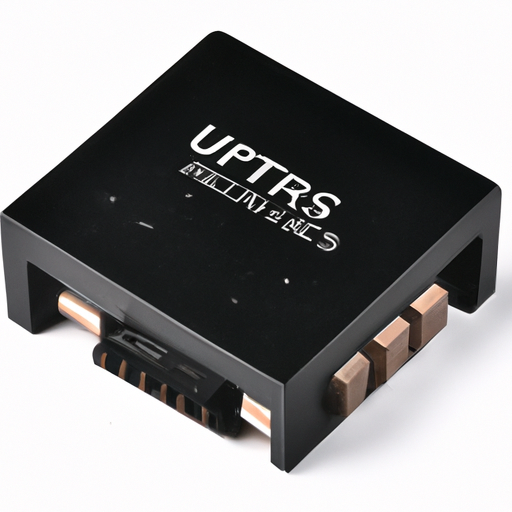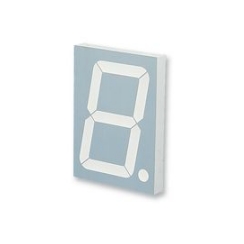1N5231B-T Drivers, Receivers, Transceivers highlighting the core functional technology articles and application development cases of Drivers, Receivers, Transceivers that are effective.
Overview of Drivers, Receivers, and Transceivers
While the 1N5231B-T is a Zener diode primarily used for voltage regulation, understanding the broader context of drivers, receivers, and transceivers is essential for designing effective electronic systems. These components are integral to communication systems and various applications across industries.
Core Functional Technologies
1. Drivers - **Function**: Drivers amplify signals and provide the necessary current and voltage levels to control other devices, ensuring they operate effectively. - **Types**: - **Digital Drivers**: Control logic levels in digital circuits. - **Analog Drivers**: Amplify audio or RF signals for speakers or antennas. - **Technologies**: - **MOSFET Drivers**: Essential for driving MOSFETs in power applications, providing fast switching and high efficiency. - **Op-Amp Drivers**: Used for buffering and amplifying analog signals, ensuring signal integrity.
2. Receivers - **Function**: Receivers capture and process incoming signals, converting them into a usable format for further processing or display. - **Types**: - **Analog Receivers**: Demodulate signals in RF applications. - **Digital Receivers**: Interpret digital signals in data communication. - **Technologies**: - **RF Receivers**: Critical in wireless communication systems for signal demodulation. - **Optical Receivers**: Used in fiber optic systems to convert light signals into electrical signals.
3. Transceivers - **Function**: Transceivers combine the functions of transmitters and receivers, enabling bidirectional communication. - **Types**: - **Wired Transceivers**: Used in Ethernet and other wired communication systems. - **Wireless Transceivers**: Facilitate communication in Bluetooth, Wi-Fi, and cellular networks. - **Technologies**: - **Integrated Circuit (IC) Transceivers**: Compact solutions that integrate both transmitting and receiving functions. - **Software-Defined Radio (SDR)**: Flexible transceivers that can be programmed for various communication protocols, adapting to different standards.
Application Development Cases
1. Automotive Applications - **CAN Bus Transceivers**: Essential for communication between electronic control units (ECUs) in vehicles, ensuring reliable data transmission in noisy environments. They support real-time data exchange for safety and performance.
2. Industrial Automation - **RS-485 Drivers and Receivers**: Used for long-distance data transmission in industrial settings. They are robust against electrical noise and can connect multiple devices on a single bus, making them ideal for factory automation and control systems.
3. Consumer Electronics - **HDMI Transceivers**: Facilitate high-definition video and audio transmission between devices like TVs, gaming consoles, and computers. They support advanced features like 4K resolution and high dynamic range (HDR).
4. Telecommunications - **Optical Transceivers**: Critical for fiber optic networks, enabling high-speed data transmission over long distances with minimal signal loss. They are essential for internet infrastructure and telecommunications.
5. Wireless Communication - **Bluetooth and Wi-Fi Modules**: These transceivers enable wireless communication between devices, supporting data exchange, audio streaming, and Internet of Things (IoT) applications. They are integral to modern smart devices and home automation systems.
Conclusion
While the 1N5231B-T Zener diode serves a specific purpose in voltage regulation, the understanding of drivers, receivers, and transceivers is crucial for developing effective electronic systems. Each component plays a vital role in ensuring reliable communication and control across various applications, from automotive to telecommunications. Engineers must carefully consider the specific requirements of their applications to select the appropriate drivers, receivers, and transceivers, ensuring optimal performance and reliability in their designs.

